Arīḥā, which is prominently known as Jericho, is situated in the West Bank of Palestine and is believed to be one of the oldest settlements on Earth, dating back to around 9000 BC. Archaeological investigations have detailed its lengthy history.
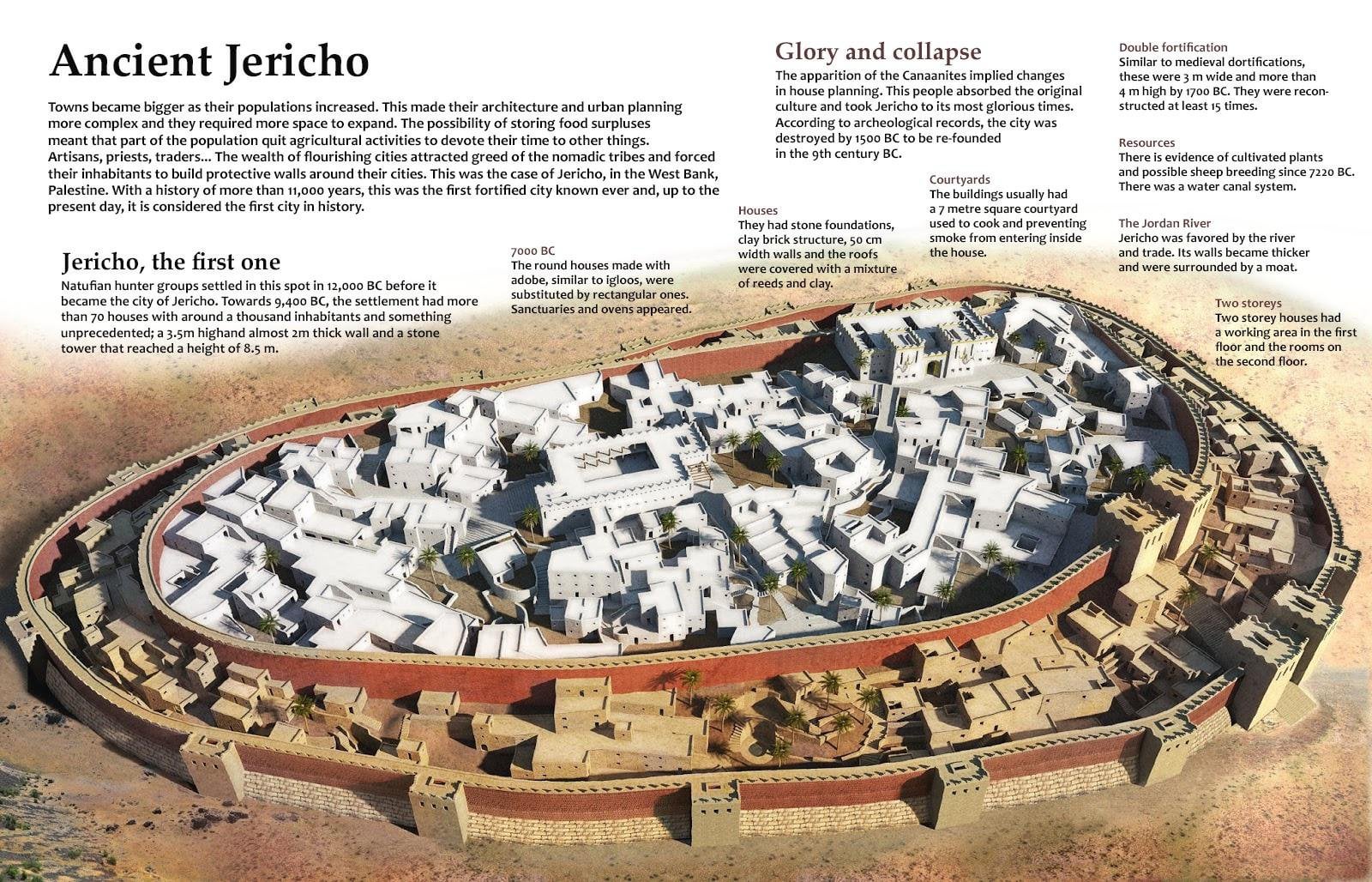
The city is of significant archaeological value, as it provides evidence of the first establishment of permanent dwellings and the transition to civilization. Residues of Mesolithic hunters from around 9000 BC and of their descendants living there for a long period were detected. Around 8000 BC, the residents constructed a large stone wall around the settlement, which was reinforced by a massive stone tower.
This settlement was home to around 2,000-3,000 people, which supports the use of the term “town”. This period witnessed the change from a hunting style of living to full settlement. Furthermore, cultivated types of wheat and barley were discovered, which implies the development of agriculture. It is very likely that irrigation was invented for more space for farming. The first Neolithic culture of Palestine was an autochthonous development.
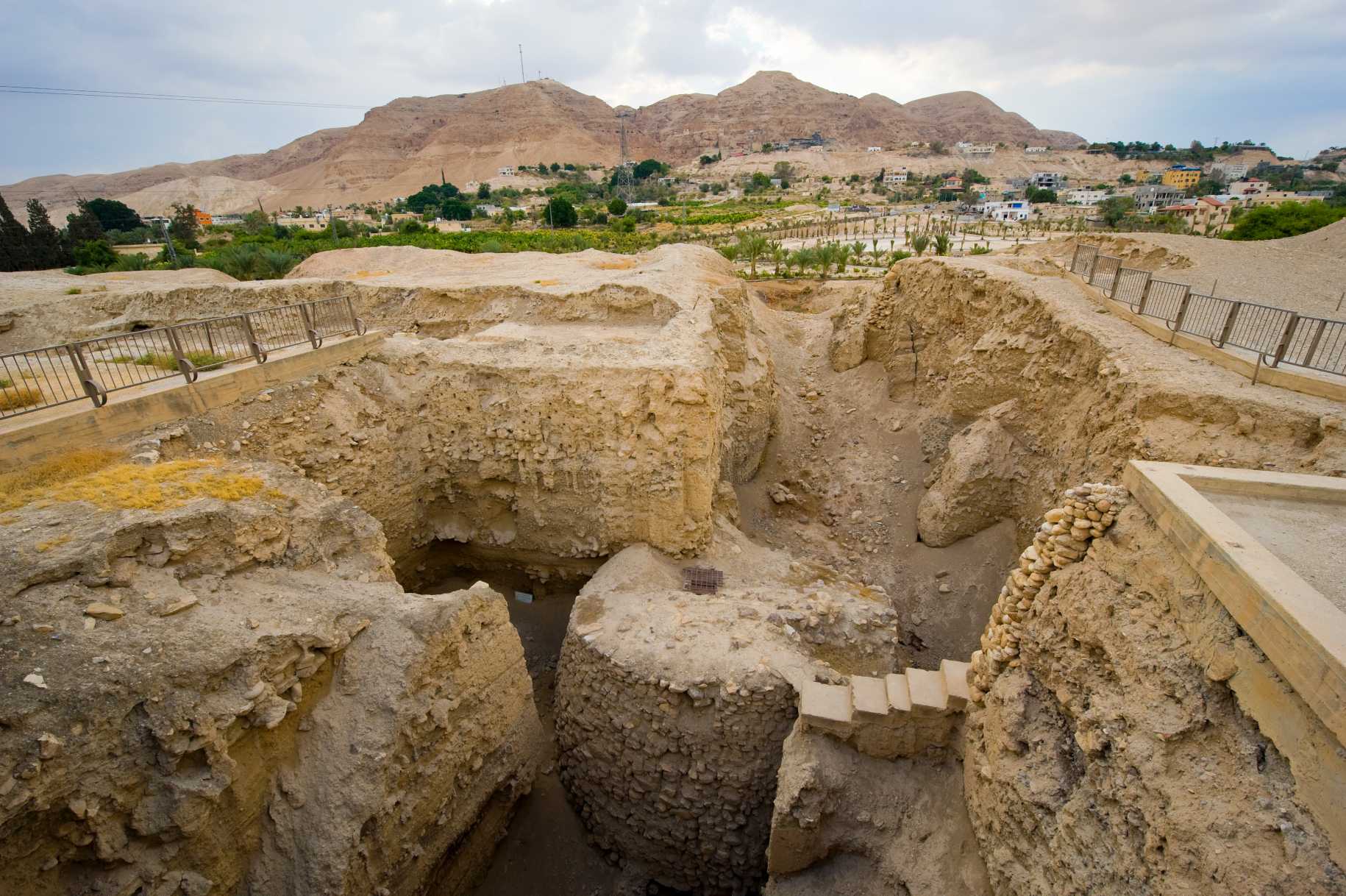
Around 7000 BC, the occupants of Jericho were succeeded by a second group, bringing a culture that had not yet developed pottery but was still of the Neolithic era. This second Neolithic stage ended around 6000 BC and for the next 1000 years, there is hardly any evidence of occupation.
Sometime around 5000 BC, the influences from the north, where numerous villages had been established and pottery used, began to show in Jericho. The first inhabitants of Jericho who used pottery were primitive compared to those before them, living in sunken huts and likely being pastoralists. Over the next 2000 years, occupation was minimal and may have been sporadic.
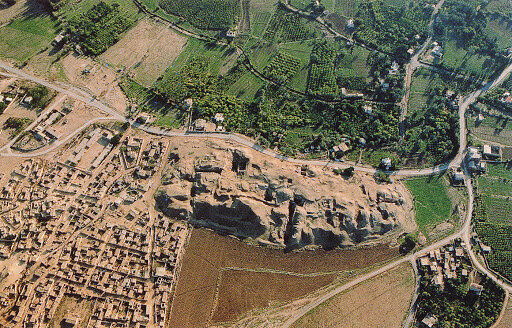
At the start of the 4th millennium BC, Jericho, as well as the rest of Palestine, saw a resurgence in urban culture. Its walls were repeatedly rebuilt. However, around 2300 BC, an interruption in urban life occurred due to the arrival of the nomadic Amorites. Around 1900 BC, they were replaced by the Canaanites. Evidence of their houses and furniture found in tombs provides an insight into their culture. This is the same culture that the Israelites encountered when they invaded Canaan and eventually adopted.
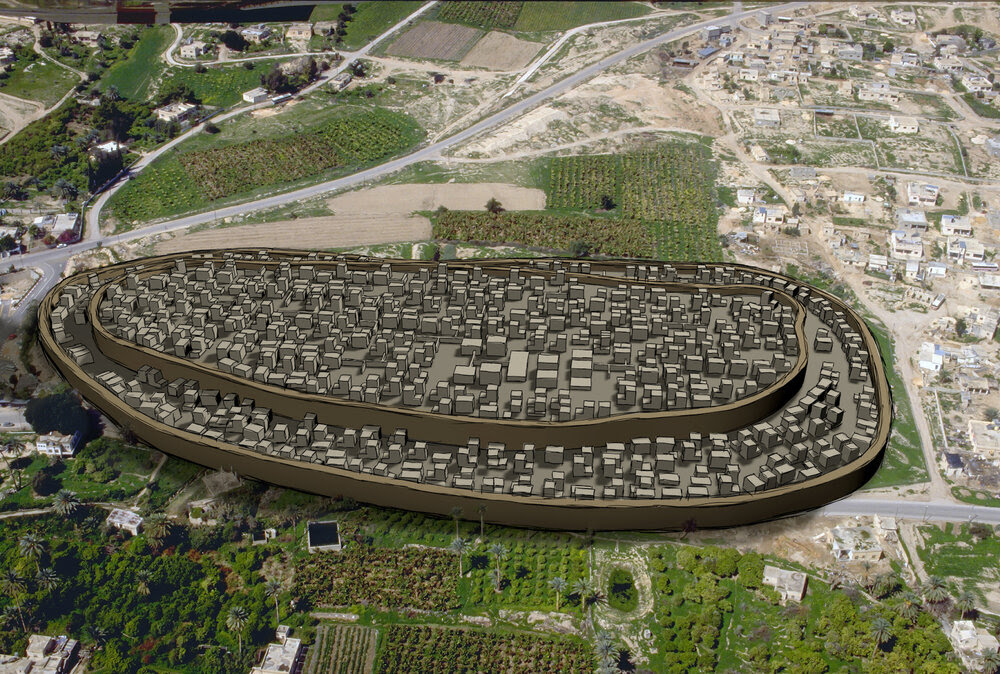
The Israelites, led by Joshua, famously attacked Jericho after crossing the Jordan River (Joshua 6). After its destruction, according to biblical account, it was abandoned until Hiel the Bethelite settled there in the 9th century BC (1 Kings 16:34). Additionally, Jericho is mentioned in other parts of the Bible. Herod the Great spent his winters in Jericho and passed away there in 4 BC.
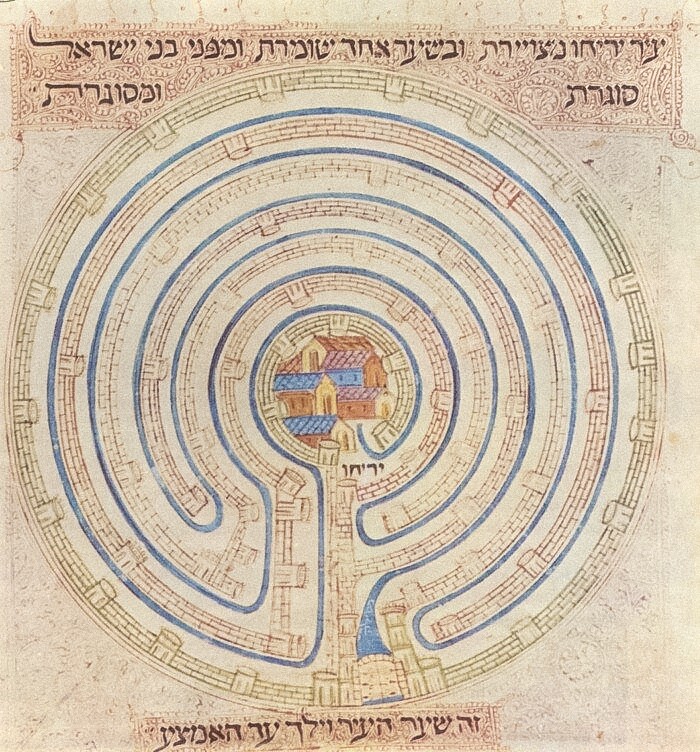
Excavations in 1950-51 revealed a grand façade along the Wadi Al-Qilṭ, likely part of Herod’s palace, which exemplifies his reverence for Rome. Other remnants of impressive structures were also found in that region, which later became the center of Roman and New Testament Jericho, about one mile (1.6 km) south of the ancient city. The Crusader Jericho was located around a mile east of the Old Testament site, where the modern town was established.
This article was originally written by Kathleen Mary Kenyon, who was Principal of St. Hugh’s College, University of Oxford from 1962 to 1973, as well as Director of the British School of Archaeology in Jerusalem from 1951 to 1966. He is the author of multiple works, such as Archaeology in the Holy Land and Digging Up Jericho.




